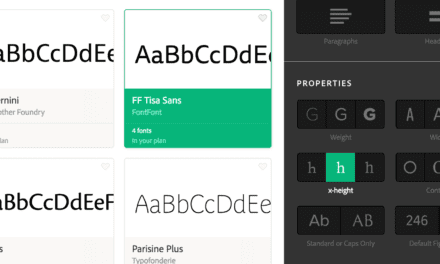ARTICLE SUMMARY: There’s a certain ease that comes with being considered “normal”, life feels seamless because most systems, products, and environments are built for you. Special accommodations aren’t necessary when the system already fits you.
People with disabilities often benefit from some additional support, and thankfully, accessibility is now a key focus in modern design. However, what is missing is that we rarely consider how disabled individuals can challenge our assumptions, inspire innovation, and improve design for everyone.
“What Colour Blind Designers Can Teach Us About Seeing Differently: The Hidden Advantage” by Christian Hartvig reveals an often-overlooked truth: that disabilities in design aren’t just challenges, they’re sources of insight, innovation, and a broader way of seeing the world. He discusses:
- The Case for Design by Outsiders
- When “Limitations” Lead to Breakthroughs
- The Tyranny of the Default Eye
Back in World War II, the U.S. Army noticed something surprising, color blind soldiers could see through enemy camouflage. While others were fooled by color patterns, these soldiers picked up on shifts in texture and shape. That same principle applies to designers with disabilities. It’s not about having a rare gift, it’s about adaptation. What some see as a limitation becomes a tool for deeper focus and attention to detail.
As Christian Hartvig puts it, “In a world increasingly uncomfortable with complexity, color blindness isn’t a weakness, it’s a competitive edge. The real problem isn’t that color blind people are designing, it’s that people with ‘normal’ vision believe their perspective is the only one that counts.”
This article offers a compelling perspective on the valuable role disability can play in design. Let us know what you think in the comments.




